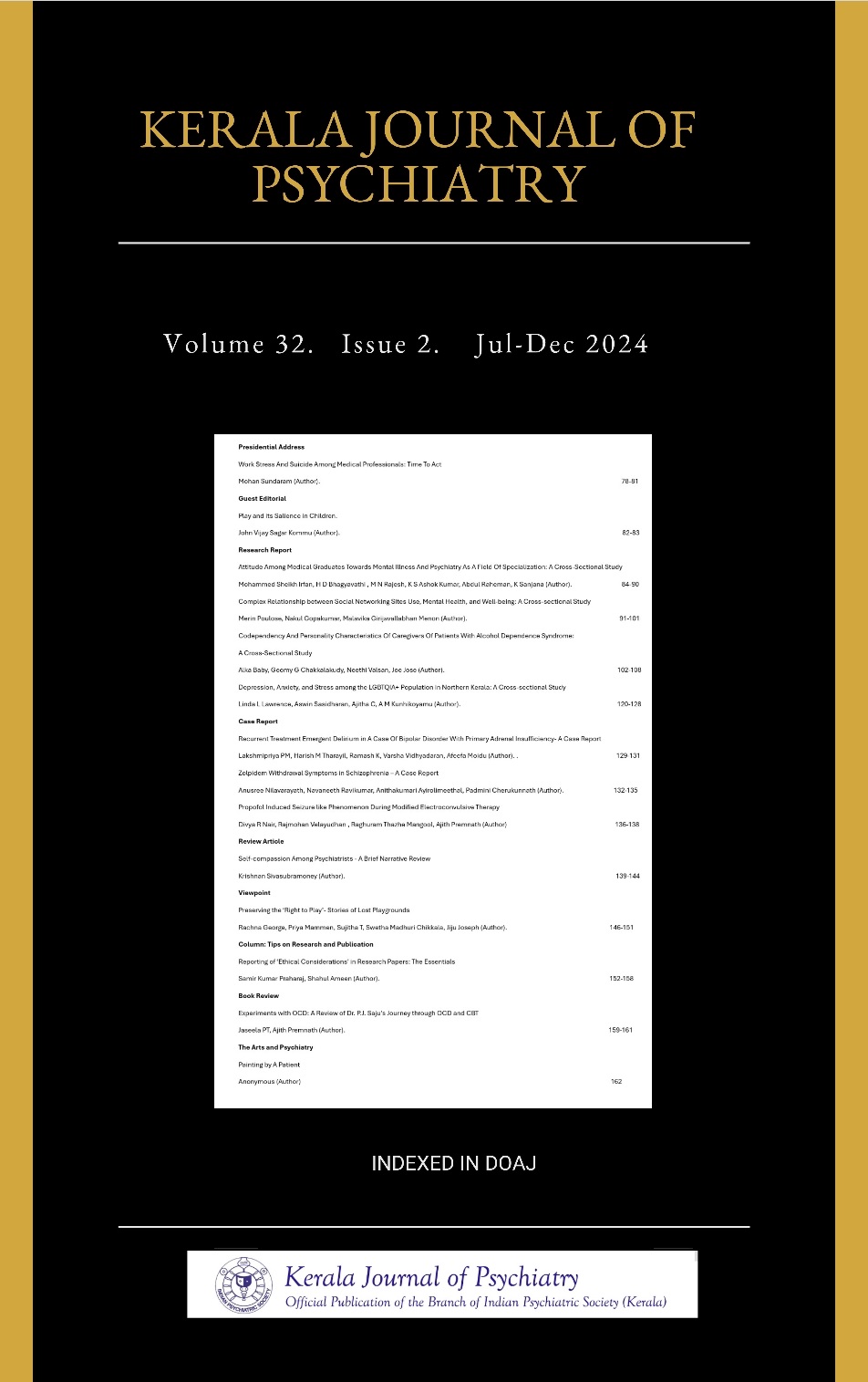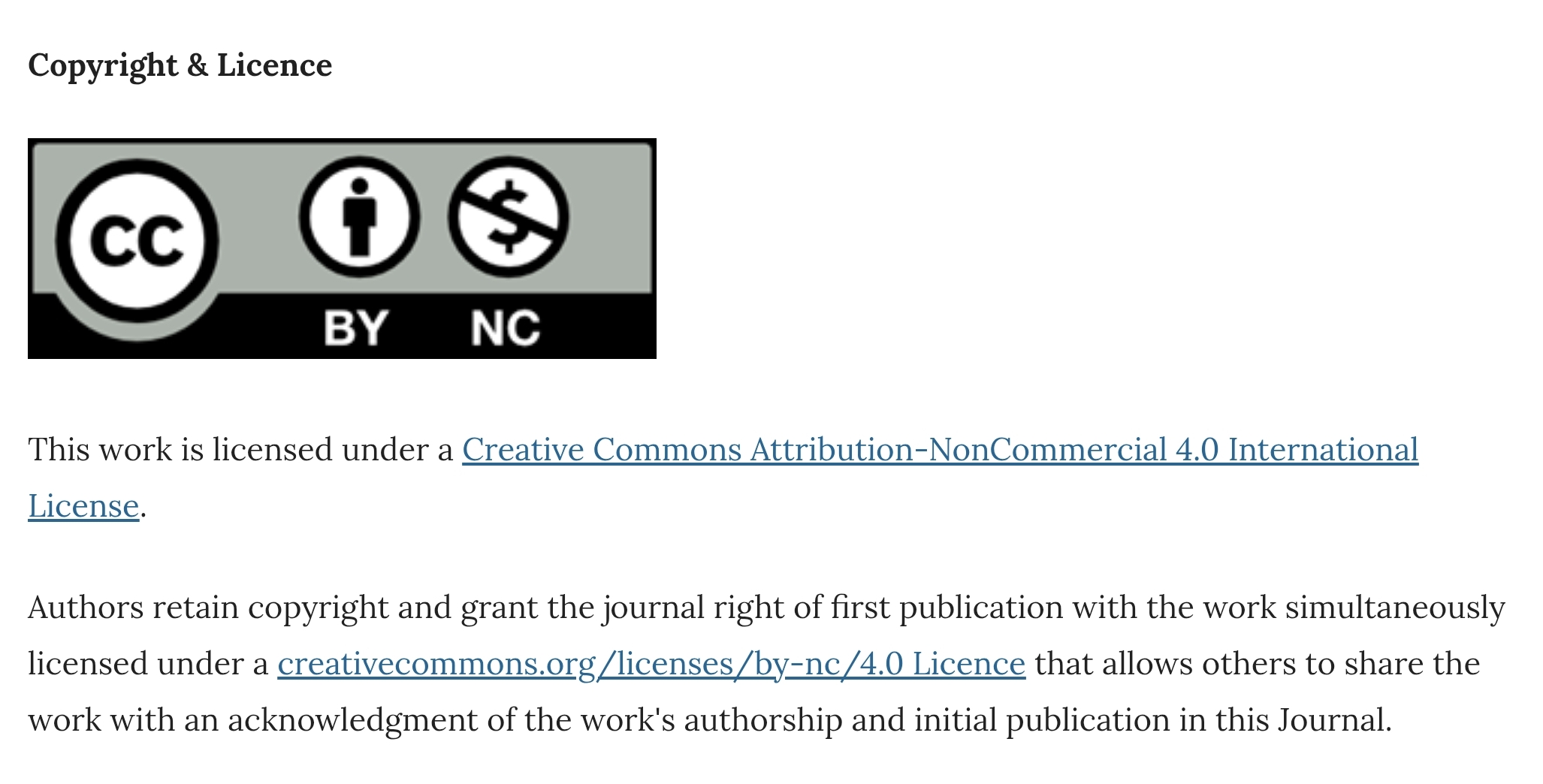Play and its Salience in Children
DOI:
https://doi.org/10.30834/KJP.37.2.2024.499Keywords:
UNCRC Article 31, Right to Play, Play TherapyAbstract
Play ensures the holistic development of a child across all developmental domains, provides valuable learning opportunities, enables children to practice and strengthen their skill repertoire, and provides a sense of agency to children. Play is an important medium to initiate and maintain peer relationships. Play allows children to express their feelings and allows them to work with unacceptable feelings. Article 31 of the United Nations Rights of the Child mentions that play is the right of all children. This editorial focuses on the importance of play in the life of childern.
Downloads
References
Davey C, Lundy L. Towards greater recognition of the right to play: An analysis of article 31 of the UNCRC. Children & Society. 2011 Jan;25(1):3-14. DOI:10.1111/j.1099-0860.2009.00256.x
Whitebread D. Free play and children's mental health. The Lancet Child & Adolescent Health. 2017 Nov 1;1(3):167-9. DOI: 10.1016/S2352-4642(17)30092-5
Murata NM, Maeda JK. Structured play for preschoolers with developmental delays. Early Childhood Education Journal. 2002 Jun 1;29:237-40. DOI: 10.1023/A:1015181607622
Landreth GL. Play therapy: The art of the relationship. Routledge; 2012. DOI: 10.4324/9780203835159
Published
How to Cite
Issue
Section
License
Copyright (c) 2025 John Vijay Sagar Kommu (Author)

This work is licensed under a Creative Commons Attribution-NonCommercial 4.0 International License.












